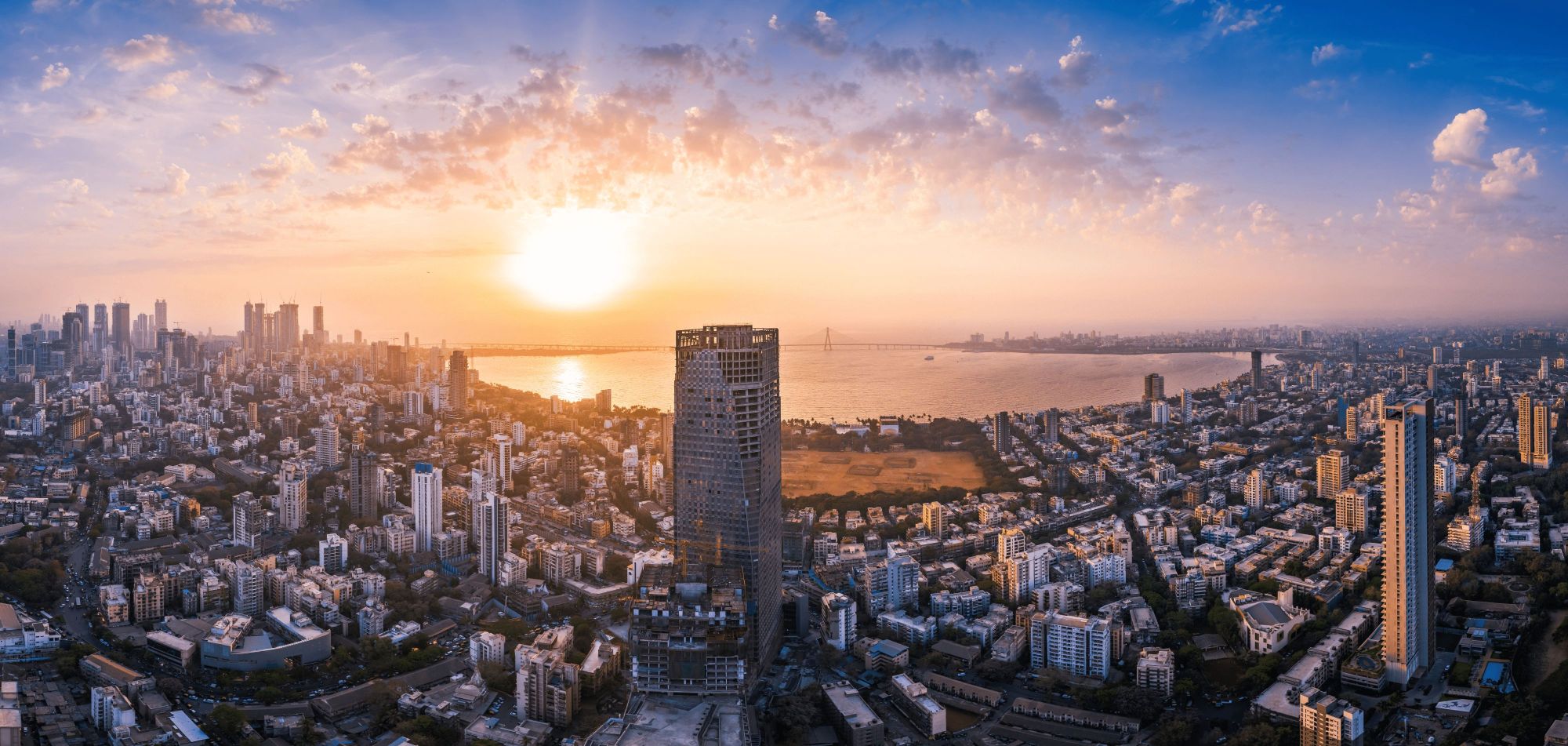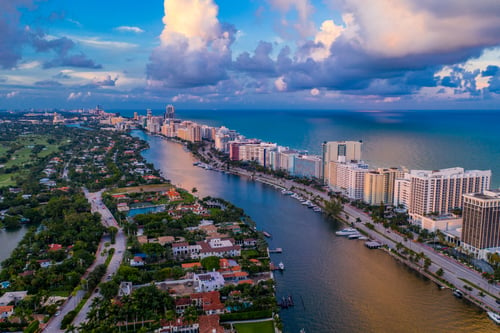A surgeon friend told me that the most powerful tool known to modern medicine is the “retrospectoscope”: hypothetically taking you back in time and getting things right the second time. Of course, real life and treatment aren’t quite like that. But looking back can still be the best way of looking forward. Take Indian Real Estate, for example, flexing and shifting its way forward from year to year: barely ten years ago, the sector was riven with news of delayed construction projects (including tabloid headlines of fraud on the part of some rogue developers), demonetisation was still a creature straight out of Star Wars, and confidence among home buyers was at an all-time low. So what would the mythical retrospectoscope tell us if we switched it on and set it for 2012? How would that help us get things right the second time around?
Well, the first point is that monetary conditions barely changed between a decade ago and now: the Subcontinent’s key Repo rate was 6.5% in 2012, and today’s home buyers are looking at the same 6.5% (flicked up last December). So it costs pretty much the same to buy a house now as it did when Justin Timberlake was topping the charts. What’s changed is that India’s burgeoning population is now wealthier and much more aspirational than in 2012, much more likely to splash out on a home to call their own. After being penned in for years by COVID restrictions, bigger and better homes are the order of the day.
And that slump in consumer confidence a decade ago has been more than reversed as a result of a series of decisive initiatives on the part of Prime Minister Modi’s Government: including the Real Estate (Regulation and Development) Act of 2016, which was itself turbocharged by the introduction of GST in 2017, and further enhanced by a plethora of measures designed to curb dubious practices within the construction sector (as indeed they did).
All of which means any superficial similarity between how things were and how things are in Indian housing is just that…entirely superficial. The retrospectoscope might be projecting the same image, but something on the Subcontinent couldn’t be more different today than in the dreary old days of Justin Timberlake.
And, into that heady mix, we also have to add India’s groundbreaking Affordable Housing Programmes, which are currently on target to deliver millions of new homes since their introduction back in 2012: enough to make the British Government blush with shame, as Rishi Sunak continues to struggle with a shabby ambition to build affordable homes at numbers set in the low thousands.
That’s why, in conjunction with the factors mentioned earlier, Indian property prices have surged over the last three quarters: by as much as 18%. So we may as well put that retrospectoscope away. India’s present tells us more about the future than its past ever could.








